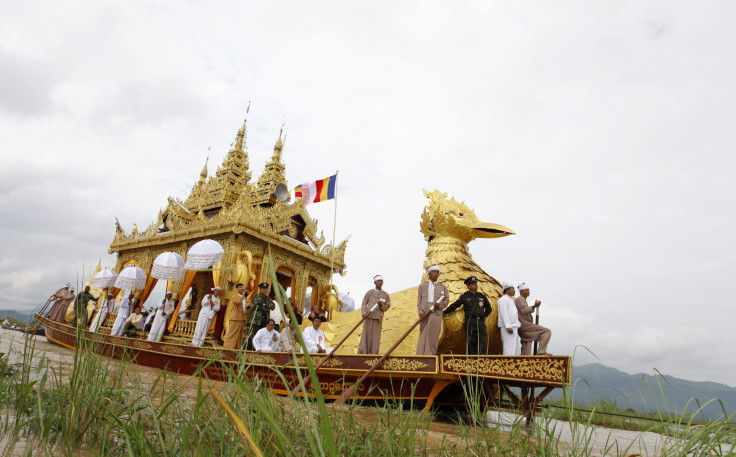Myanmar Announces Plan To Spend $500 Million On Tourism Industry

Myanmar's government says it will funnel $500 million into the country’s tourism industry, to boost its competitiveness, protect the environment and safeguard ethnic communities.
The plan is jointly funded by the Asian Development Bank (ADB) and the government of Norway, and includes 38 development projects, according to Mizzima, a Myanmar news portal based in India.
“Tourism will be a pillar of Myanmar’s economy, and it has the potential to create meaningful job opportunities for the country’s people, including those living in poor communities,” said ADB Vice President Stephen Groff. “This plan is a long-term vision, and a solid start to ensuring tourism contributes to equitable social and economic development in Myanmar.”
Since the reform government took over in 2011, Myanmar has implemented economic, political and social reforms. Most recently, the country awarded two telecom licenses to two foreign firms – Norway’s Telenor and Qatar’s Ooredoo – to develop its virtually non-existent telecom sector.
With its economic and political reforms, tourism is projected to increase as well. This strong boost to the industry is forecast to provide up to 1.4 million jobs by 2020, and increase the number of visitors to 7.5 million in that same year, according to Mizzima. The corresponding tourism receipts could be worth up to $10.1 billion.
The government is conscious of protecting the country’s environment and ethnic communities, while promoting its tourism industry.
“This master plan outlines a path to welcoming more visitors to Myanmar without threatening our unique cultural heritage or endangering pristine environments,” said Htay Aung, Myanmar’s minister for hotels and tourism.
Myanmar’s 1993 Tourism Law will be updated to streamline tourist-based business licensing, and regulations around gaming, tours and labor will be amended under the new plan. In addition, the plan suggest new tourist police divisions to not only protect visitors, but prevent child trafficking and sex tourism, according to SmartPlanet, an online magazine covering global topics.
Last year, more than 1.06 million tourists arrived in Myanmar. Some, 600,000 came by air, and the rest came across the borders, especially from China and Thailand, according to China Daily.
Currently, Myanmar’s infrastructure and accommodations are inadequate. The country has a shortage of hotel rooms, which has caused rising hotel rates, and travelers have had trouble getting seats on domestic flights.
Several hotel zones across the country are being constructed. In Yangon alone, 1,000 new rooms will be built this year to serve the booming tourism trade, said Aung.
A new airport is being built in Yangon, Myanmar’s largest city, and airport expansions in Mandalay, its second largest city, and Bagan, a favorite tourism destination, are being discussed, according to China Daily.
© Copyright IBTimes 2024. All rights reserved.











